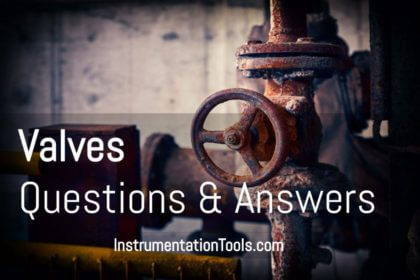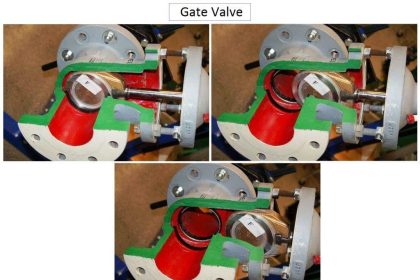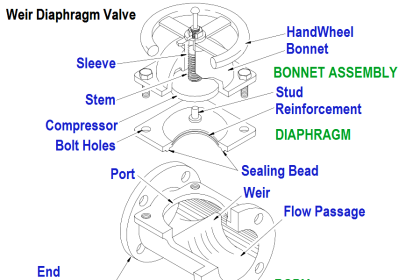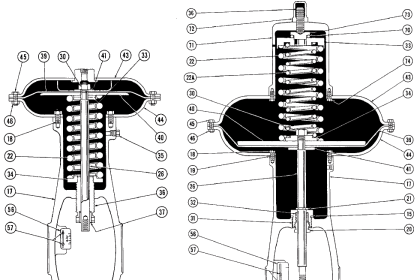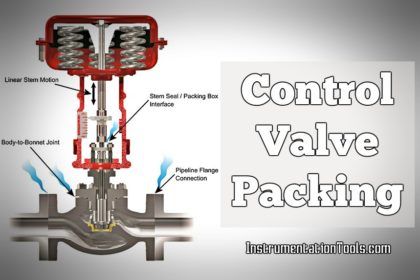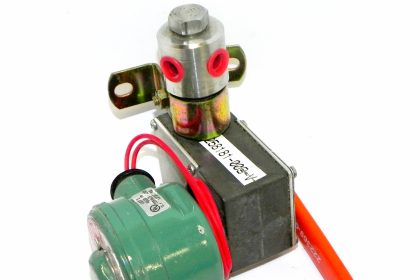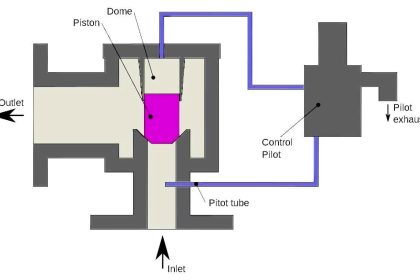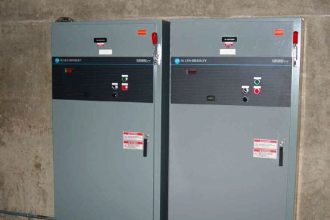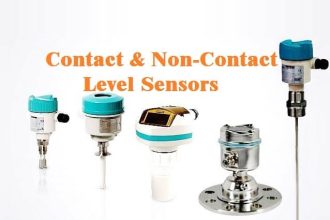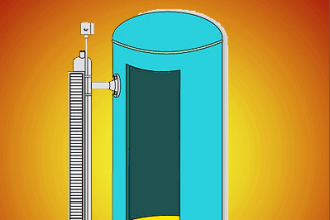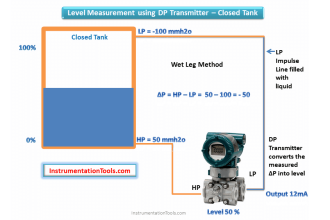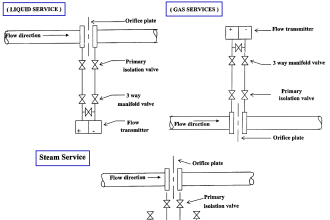Locally mounted controllers used on all pressure vessels include the following types:
- displacer type,
- caged ball float,
- internal ball float, and
- differential pressure (DP) type.
Altitude Valve
Altitude valves are the most reliable and economical level control operation for low-pressure tanks that are located at certain heights.
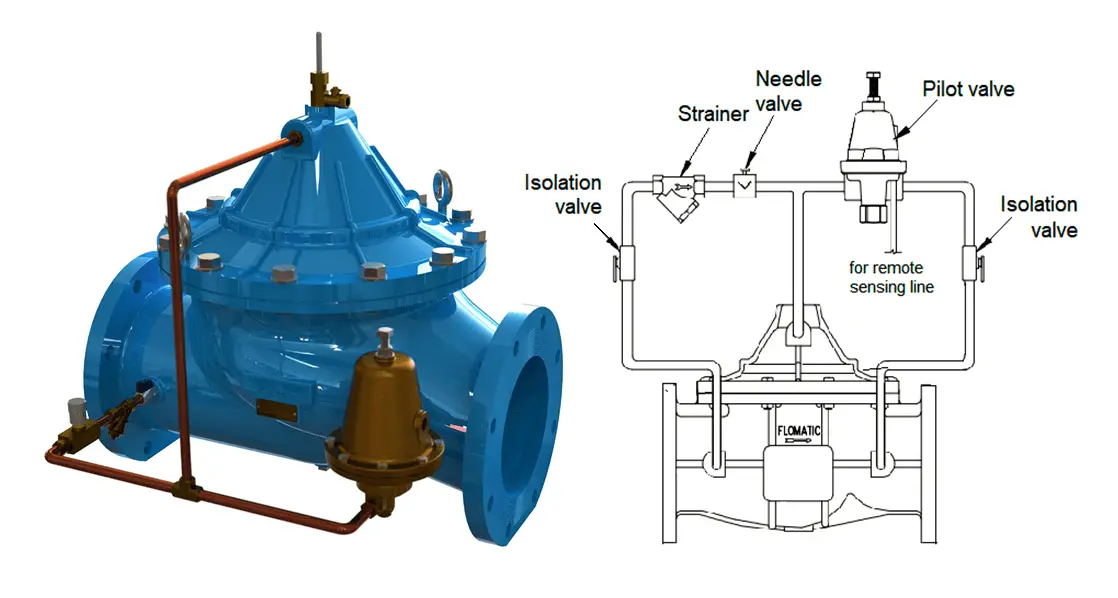
The above figure shows the typical image of the level control valve with an altitude pilot.
Purpose
Altitude valves are installed in the supply line to elevated tanks, basins, or reservoirs for the purpose of holding the reservoir level constant and to prevent overflow.
No external energy source is required because the power for operation is gained from the pressure of the process liquid.
Operation Principle
One of the simplest versions of this design is shown in the above figure.
The purpose of this valve is to admit water into the elevated tank until a present level is reached and to close at that point to prevent overflow.
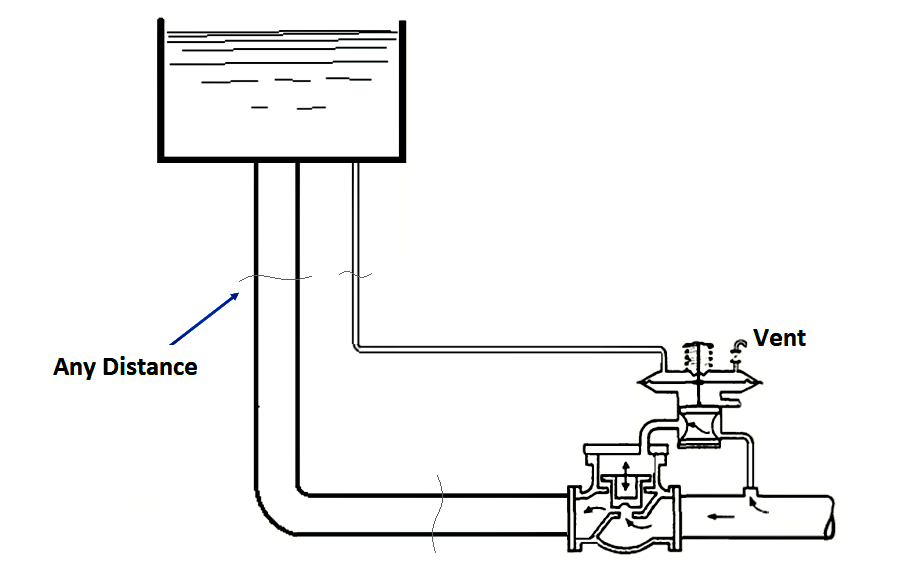
This kind of arrangement consists of a level control valve mounted in an inlet to tank, whose level is required to be controlled.
The hydrostatic head in the elevated tank is balanced by the setting spring of the pilot.
When the tank level surpasses the setting of the spring force, the pilot diaphragm is moved downwards, closing the drain port and opening the mainline pressure to apply its force to the top piston.
Because the top area of the piston is greater than the bottom the main valve closes if the head in the tank maintains constant inlet pressure to the valve.
If the head in the tank comes down, the setting spring moves the diaphragm up, closing the main line pressure connection and opening the drain port on the pilot.
This results in removing the pressure from the large end of the piston thereby opening the main valve to supply extra water to the head tank.
Advantages
- All necessary maintenance, repairs, or modifications can be done in the field except the replacement of the main valve.
- Helpful in remote areas, where there is no power supply is available.
- An altitude valve is used for vessels or tanks for level control.
- Simple and reliable.
If you liked this article, then please subscribe to our YouTube Channel for Instrumentation, Electrical, PLC, and SCADA video tutorials.
You can also follow us on Facebook and Twitter to receive daily updates.
Read Next:
- Basics of Valve Actuators
- Types of Control Valve Actuators
- The Relation between Kv and Cv
- Types of Failures in Valves
- Control Valve Stroke Test
